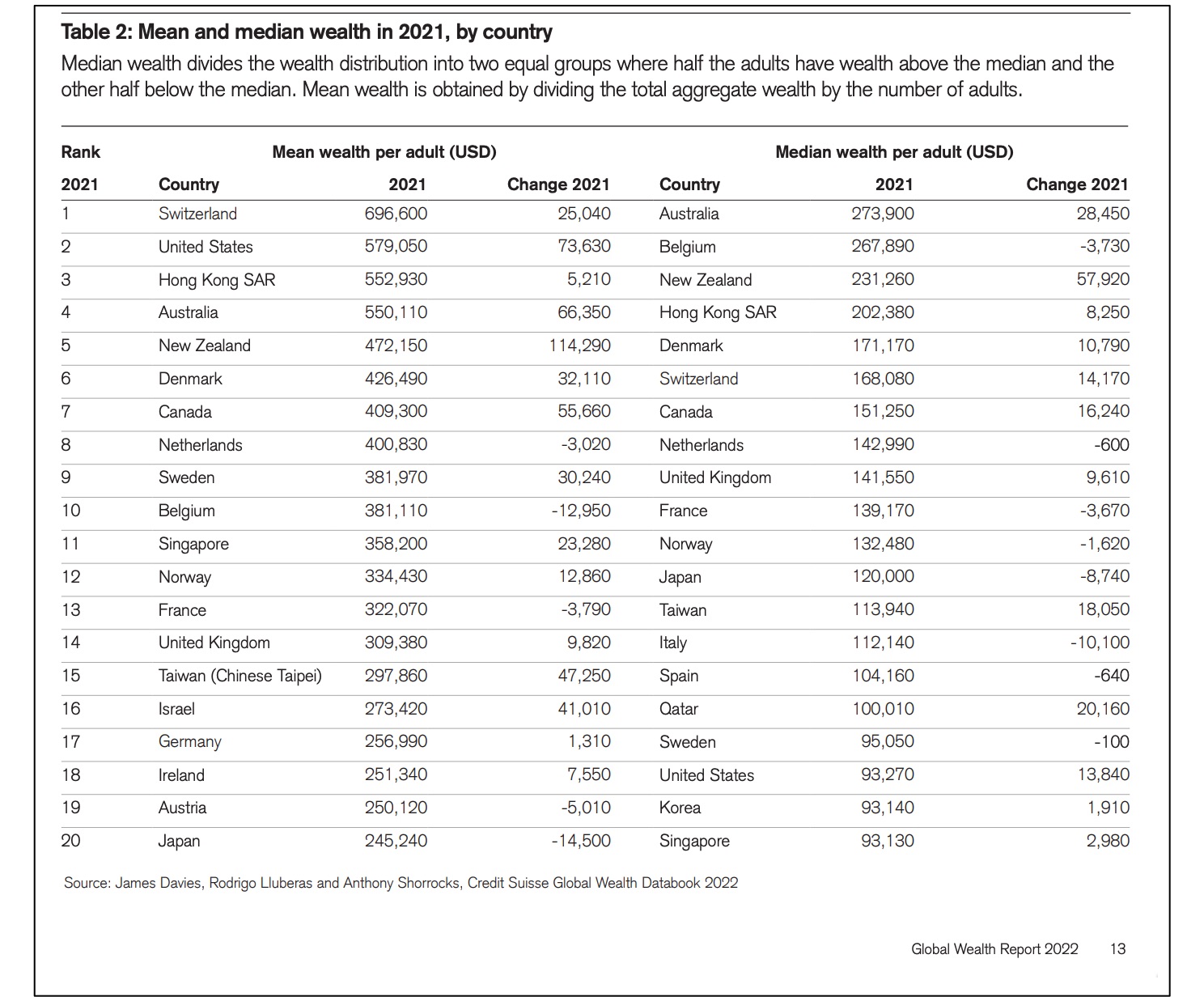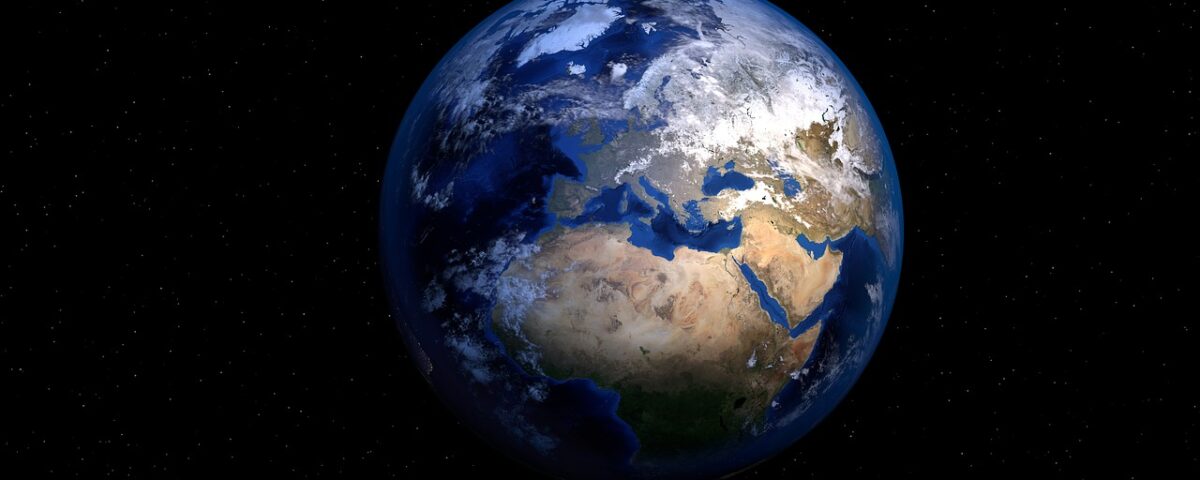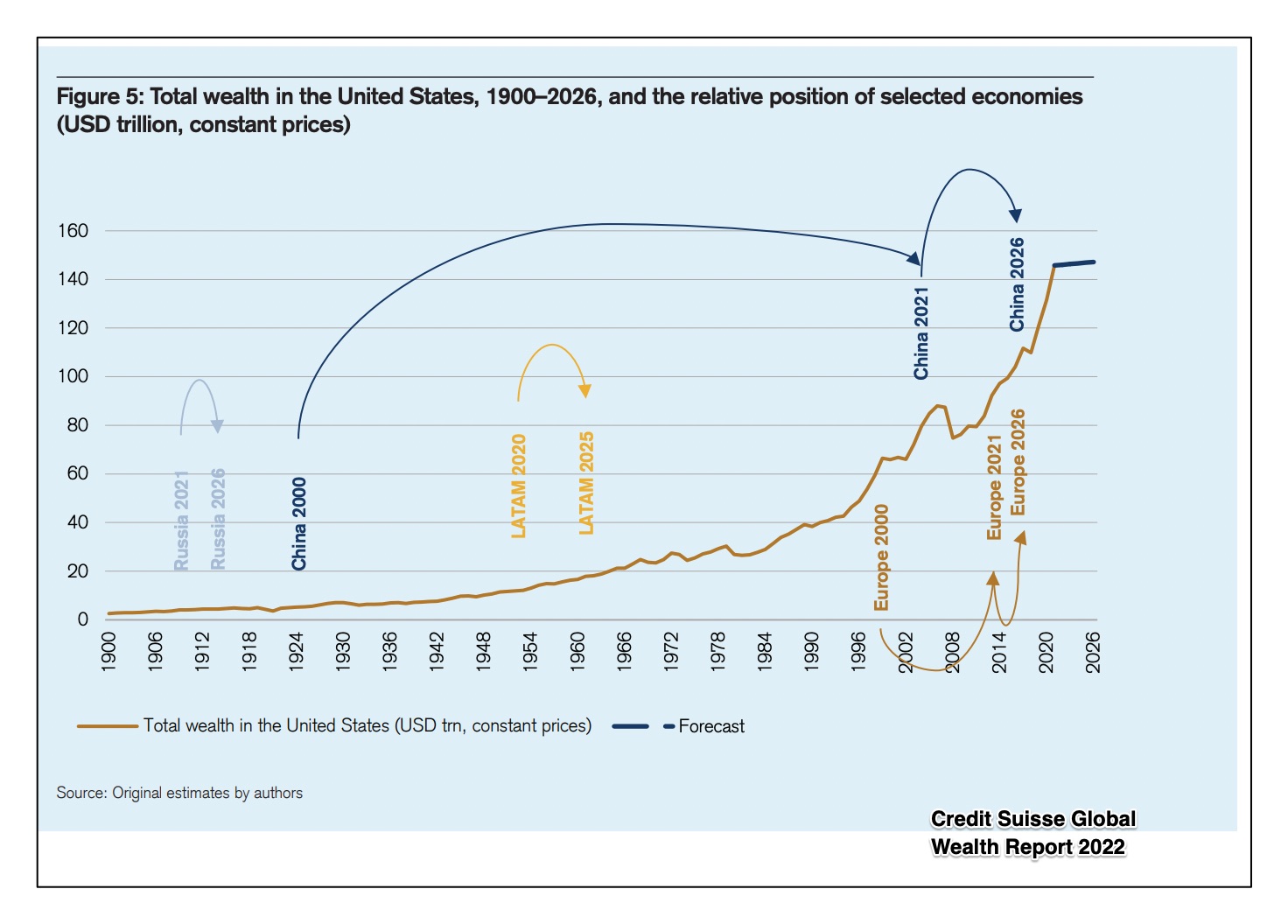
Where a Little Chicken Makes a Big Difference
April 9, 2023What You Always Wanted To Know About Ice Cream
April 11, 2023Last September, Credit Suisse published its Global Wealth Report. Looked at with numbers from Our World in Data, we can get a picture of Global Poverty and Affluence.
Six Facts: Global Poverty and Wealth
1. In 1820, 75 percent of the world’s population lived in the extreme poverty that meant their housing and diets were insufficient. But since then, economic growth has elevated how many of us live:

2. Today, sub-Saharan Africa is the world’s poorest region where 40 percent of the population lived in extreme poverty according to 2019 data:

3. Totally shifting our perspective, we can look at the world’s wealthiest countries:

4. But our growing wealth has also generated inequality. Below you can see the Gini coefficients (higher numbers and darker colors mean more inequality) that signal income inequality:
5. Then, comparing countries, we see a massive chasm between the trajectory of wealth for Russia when compared to the U.S., China, and Europe:
6. Lastly, we can look at investors’ nominal returns for stocks from 20 countries to see one source of wealth:

Our Bottom Line: Economic Growth
Nobel laureate Angus Deaton told us that economic growth has to create inequality. Confirming his hypothesis, our data today displays the up- and downsides of growth. We can see that economic growth vastly diminished extreme poverty and continues to make the world more affluent. Also though, it creates the inequality that generates considerable upheaval.
My sources and more: With just one exception, today’s facts are from the Credit Suisse Global Wealth Report 2022 and Our World in Data.
![econlifelogotrademarkedwebsitelogo[1]](/wp-content/uploads/2024/05/econlifelogotrademarkedwebsitelogo1.png#100878)






